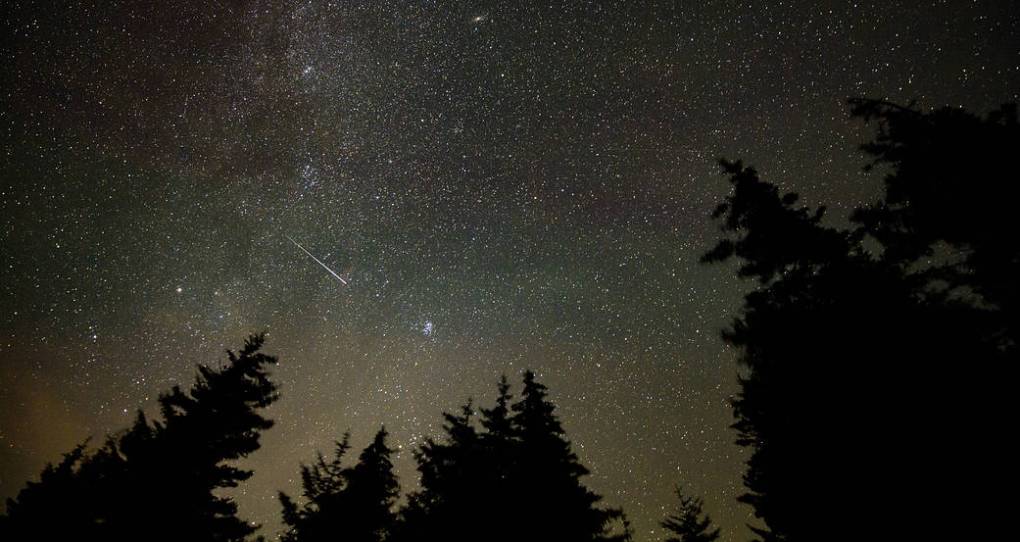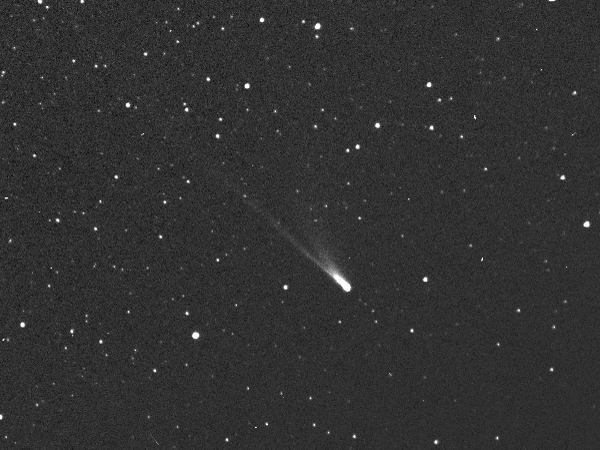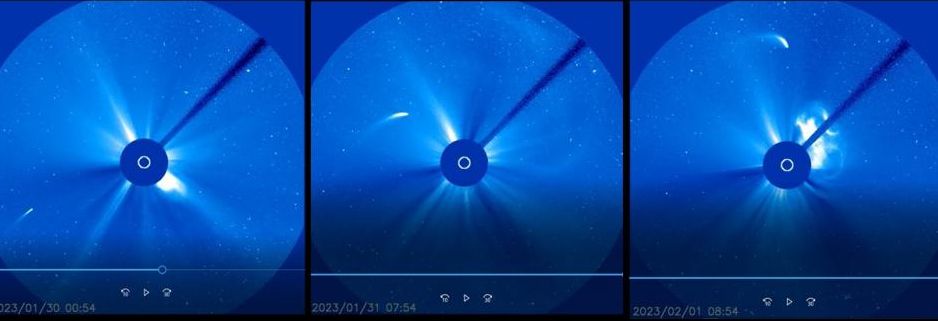Update: The Perseids meteor shower will be at its peak this weekend, starting at 1 a.m. on Sunday, August 13.
Jump straight to how to spot these meteors, where to see the Perseids this weekend and how to watch for Delta Aquariids too.
Are you ready for another meteor shower to delight your early morning sky watching? How about a two-for-one deal?
As the annual Perseids meteor shower grows closer to its peak of activity in mid-August, another, lesser-known shower, called the Delta Aquariids, is already underway, and will continue into late August.
That means as you camp out in the early morning on August 13 to watch Perseids, you may see some Delta Aquariids as well!
The fun is in figuring out which streaks belong to which shower.
Where and when to see the Delta Aquariids
The Delta Aquariids shower is active between July 18 and August 21, with peak activity around July 29–31. The shower can produce as many as 20 meteors per hour if viewing conditions are good.
Delta Aquariids tend to be faint meteors, making them more difficult to spot except when the sky is very dark. This year, the moon approaches its full phase during the Delta Aquariids’ peak, but sets a few hours before dawn, offering an early morning window of moonless sky.
On the morning of July 29, the moon sets just after 2 a.m., and on July 30 after 3 a.m., allowing for prime meteor-watching conditions.
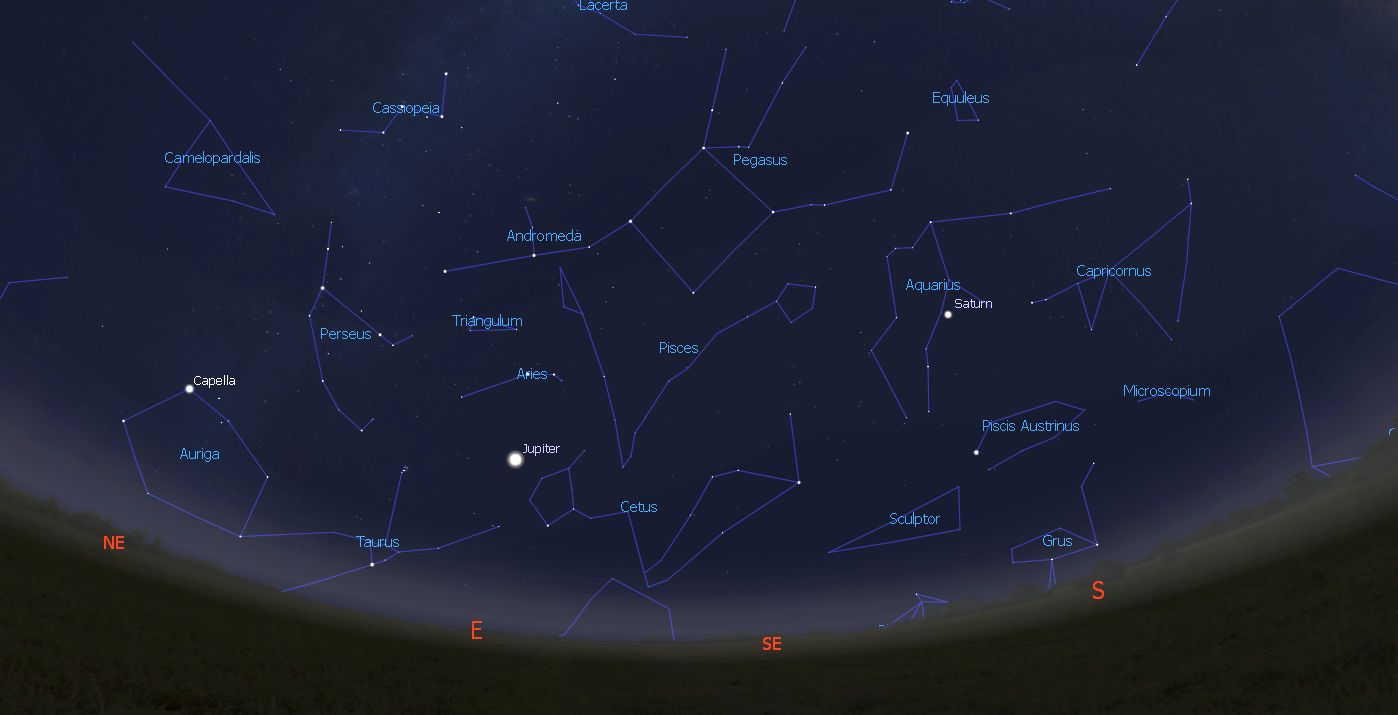
If you choose to look for these meteors during the shower peak, pick a safe dark-sky location away from city lights and schedule your viewing to begin no earlier than 2 or 3 a.m.
You’ll have a good two or three hours of dark, moonless sky before twilight begins to glow.
Look toward the south, taking in the view of the southern sky with your gaze centered about halfway between the horizon and the zenith point directly overhead to spot the constellation Aquarius. The Delta Aquariids shower is named for one of the constellation’s brighter stars, Delta Aquarii.
None of the stars of Aquarius is outstandingly bright, but this year there’s a handy visual reference to guide your eye: The planet Saturn sits right in the middle of the constellation.
Where and when to see the Perseids
If you decide to skip viewing the Delta Aquariids during its peak, you still have a shot at seeing some cascading meteors during the more prominent Perseids shower, which will peak on the morning of Sunday, August 13.
Watch for meteors anytime after 1 a.m. Perseids tend to be brighter than Delta Aquariids, and this shower reliably produces up to 60 meteors per hour in dark viewing conditions.
The waning crescent moon doesn’t rise until 3:30 a.m., so once again, you will have two or three hours of dark meteor-viewing time — and the moon’s thin crescent won’t put too much light into the sky anyway.
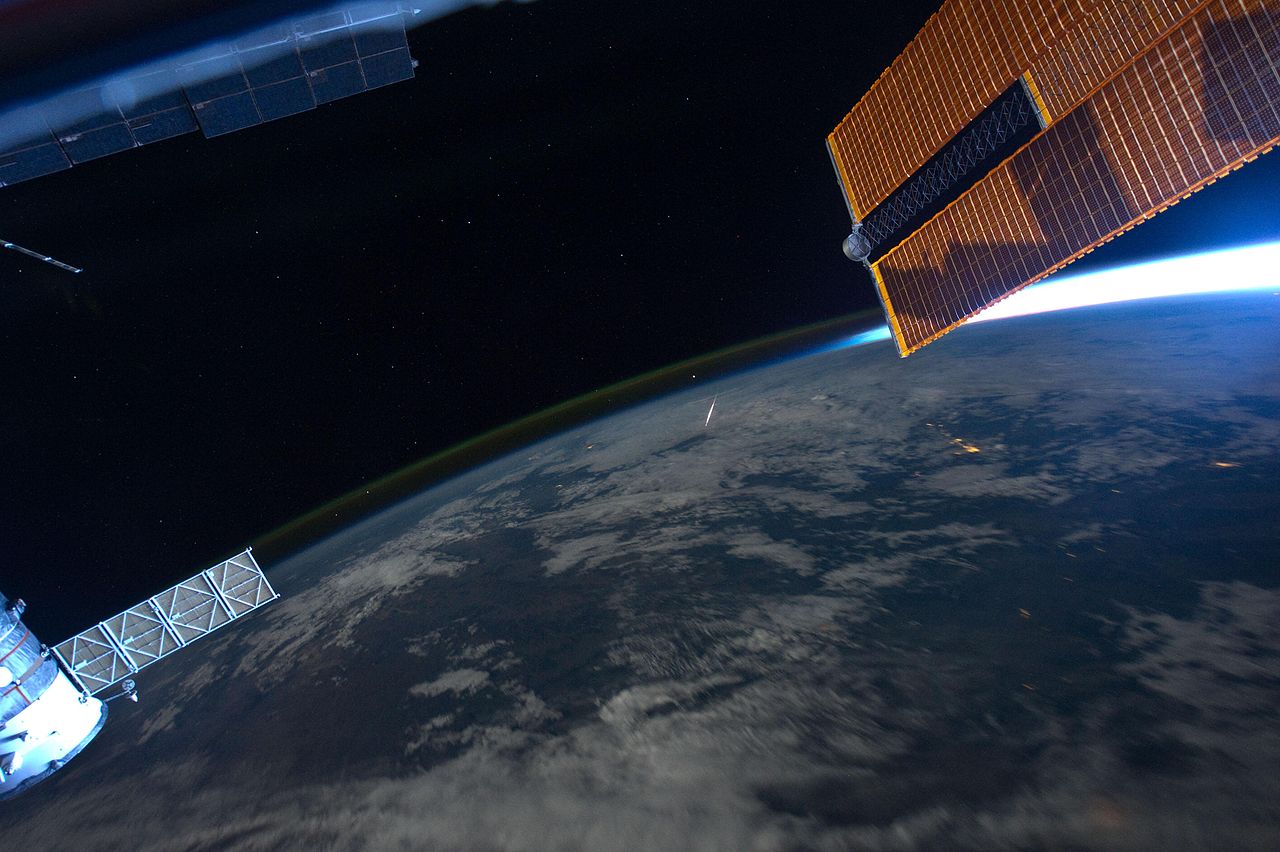
At 1 a.m. on August 13, the constellation Perseus, for which the Perseids shower is named, will be rising in the northeast. Perseus is this shower’s “radiant,” the point where the meteors appear to streak from.
Now, putting the two overlapping showers together, how do you tell a Delta Aquarid from a Perseid? The game is on!
The answer can be determined by identifying the two showers’ radiant points: where a time-lapse photo would show meteor trails radiating from.
After midnight on August 13, Perseus will sit low on the northeastern horizon, while Aquarius will rest higher in the sky to the south.
